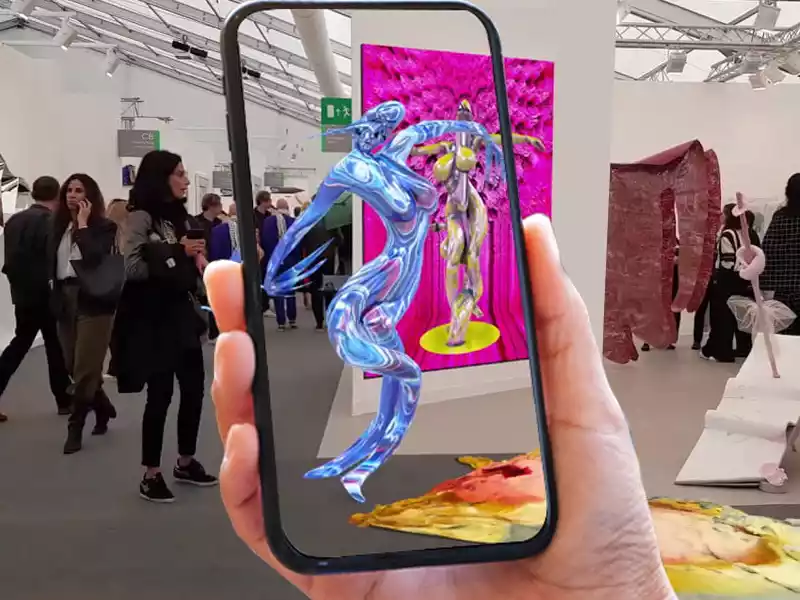
The Role of Augmented Reality in Modern Art
In the ever-evolving landscape of art, technology has increasingly become an essential tool for creators, allowing them to transcend traditional boundaries and explore innovative means of artistic expression. Among the most significant advancements is Augmented Reality (AR), a technology that seamlessly blends digital information with the real world, creating immersive, interactive experiences that engage viewers like never before. This article will delve into the role of Augmented Reality in modern art, explaining its concept, its impact, and how artists are employing it to push the envelope of creative expression.
Thank you for visiting Art Institutes, don't forget to subscribe to the Art Institutes Newsletter!
Understanding Augmented Reality (AR)
Augmented Reality, often abbreviated as AR, is a technology that superimposes digital information or images onto the real world. This is accomplished through the use of smart devices such as smartphones, tablets, and smart glasses. By using AR, users can interact with this digital information as if it were part of their physical environment, creating a fusion of the virtual and the real.
The Role of AR in Modern Art
1. Democratizing Art
One of the most significant impacts of AR in modern art is its democratizing nature. Traditional art forms require specialized knowledge, expensive materials, and physical space, making it inaccessible to many. AR, however, allows anyone with a smart device to engage with art and even create it, breaking down barriers and fostering a more inclusive art world.
Art8 "Webinars for Creatives" https://art8.net
2. Enhancing Viewer Engagement
Traditional art pieces are often static, with viewers passively observing the work. AR, on the other hand, encourages interaction and engagement by allowing viewers to manipulate the artwork, adding a dynamic, immersive element that captivates audiences and deepens their understanding and appreciation of the piece.
3. Expanding Creative Possibilities
AR offers artists unprecedented opportunities to explore and express their ideas. By incorporating digital elements into their works, artists can create complex narratives, responsive environments, and interactive installations that defy the traditional limitations of physical art. This technological medium opens up a new realm of possibilities for artistic experimentation and creativity.
4. bridging Physical and Digital Realms
AR bridges the gap between the physical and digital worlds, allowing artists to create works that exist in both realms simultaneously. This intersectionality creates unique opportunities for exploration, collaboration, and cross-disciplinary work, pushing the boundaries of what art can be and do.
Examples of AR in Art
1. Yayoi Kusama’s Infinity Mirrors: This immersive AR installation transforms the physical space into a digital wonderland, inviting viewers to engage with the art in a fully interactive and personalized way.
2. Ai Weiwei’s Heritage: This AR project allows users to place a digital sculpture of an ancient Chinese vase in their real-world surroundings, exploring themes of cultural heritage and identity.
3. Olafur Eliasson’s Your Colors: This interactive AR project allows users to digitally paint the world around them, blurring the lines between art, technology, and daily life.
Augmented Reality in Modern Art
The role of Augmented Reality in modern art is evolving rapidly, offering artists, viewers, and the general public unprecedented opportunities for creativity, engagement, and exploration. By bridging the physical and digital worlds, AR opens up new realms of artistic expression and offers a glimpse into the future of art. As technology continues to advance, the possibilities for artistic innovation are truly limitless.


